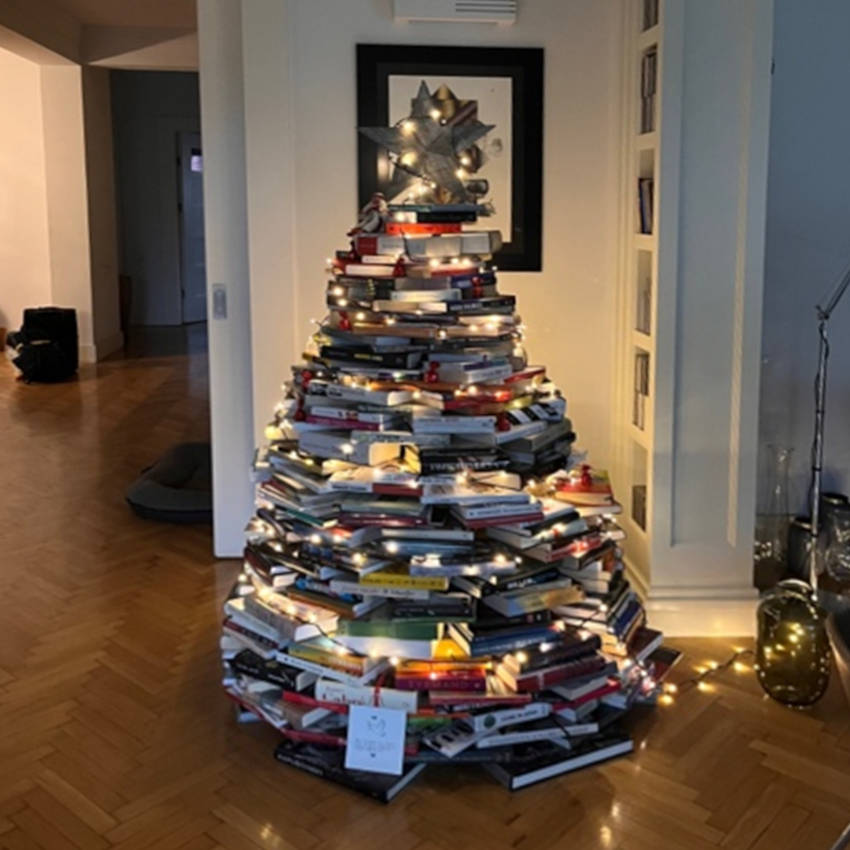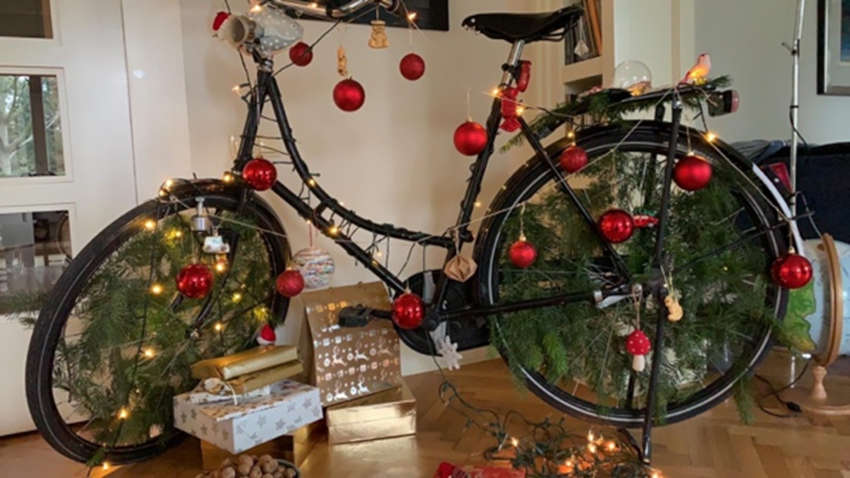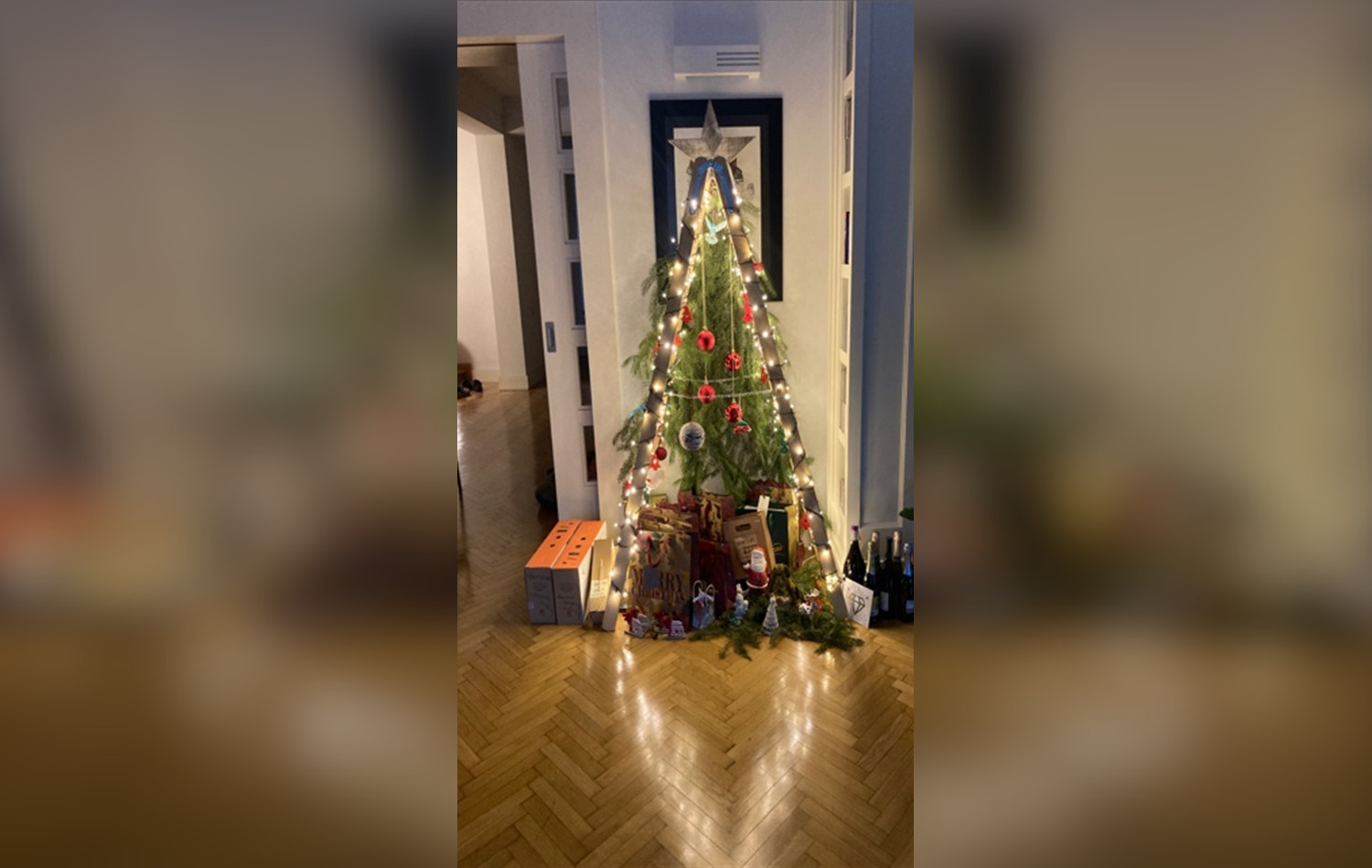Was your Christmas tree real, plastic, or not a tree at all? And is it still up? That’s not as weird a question as it might seem.
Traditionally, on the 6th of January, the twelfth night of Christmas, people start the ceremonial defrocking of their trees.
Perhaps you had a real tree and had to contend with a pine needle glitter fest that it created in your living room and hallways.
Maybe you opted for a plastic tree and dismantled it like Lego blocks into the assigned Christmas cupboard.
Both are equally sad affairs.
But it turns out not everyone is this ruthless when it comes to ending Christmas.
In some regions of Poland, where I spent Christmas, decorations can stay up as late as 2nd February, both at home and in public areas.
Speaking to my colleagues, some shared similar traditions.
In France, for example, decorations also stay up until 2 February, observing La Chandeleur (Candlemas), when they’re celebrated with crepes.
The traditions we keep can have lasting consequences
Back in December when Christmas loomed there was much debate over which type of tree had a bigger carbon footprint.
Soo much so that the BBC waded in on the sustainability impact of plastic vs real trees.
They concluded when transport and manufacturing is considered (most fake trees are made in China) real trees can be considered more eco-friendly – if you dispose of them correctly.
This creates a bit of a problem, a design challenge if you will, not unlike the challenges facing businesses.
How do we reduce environmental impact and still produce the same meaningful outcome for customers?

Rethinking traditions
For the last few Christmases with my extended family in Poland we have tested different Christmas ‘trees’ made from things we found around the house.
They had all the same decorations you expect, and even a few tree branches.
First, we tried a bike. It didn’t quite have the height we liked. But I still think it looked suitably festive.

Next, we went for a ladder, which even fooled the image algorithm on my iPhone into believing it was a Christmas tree.

Finally, this year it was my favourite, “Merry Bookmas”, a tree made from artfully piled books. This garnered the most joy from friends who also gave it a try. It also doubled as a prompt to pick up a few unloved books in the new year.
The truth is, for the family and me, each type of tree still provided the same grounding point.
We could still gather round them together to share presents, give wishes for the new year and feel festive.
But we made a choice to rethink it, to try something different, to minimise our impact on the environment.
This made me think a lot about traditions and the invisible rituals we do without thinking day to day when working.
Working with clients at SPARCK, you often acclimatise to ways of working in their organisations while observing whether they still provide the value they intended.
As service designers, we often need to reframe services to align to needs of the business and the customer. Sometimes when they have a tradition, it’s hard for them to let go.
Repurpose your organisational traditions.
Organisations going into the new year face a whirlwind of economic and sustainability pressures.
New European sustainability reporting criteria are around the corner. Not to mention the consumer purchasing trends towards business that are responsible for the climate and the boycotting of those that aren’t.
People increasingly prefer to buy from organisations that put purpose at the heart of the strategy, deeply understand trends, focus on pain points and re-shape their value proposition to stay relevant.
When we’re thinking about the strategic direction of organisations in this climate, it is vital to check in and evaluate whether our traditions still serve the needs of our customers and employees.
We can do this by asking a few simple questions:
- What is the purpose of our organisation, service or team?
- What value does this idea bring?
- What problem does this idea solve?
- What societal impact might this idea have?
- What could we stop doing?
- Who does this benefit?
- What waste does it leave behind?
- What resources does it consume for future generations?
As with our Christmas tree, perhaps in 2023 we can uncover a new way to reinvent our traditions.
How can we make sure they bring the same joy? How do we find new audiences? And how can we think about what they leave behind for future generations to deal with?
I can tell you this: putting books back on a shelf is a lot easier than disposing of a dead tree.
Written by Sebastian L-Thorp - Service Designer


